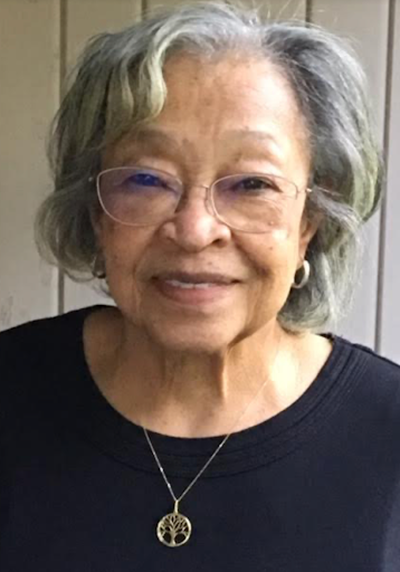‘The 1619 Project: Born on the Water’ by Nikole Hannah-Jones and Renee Watson, Illustrated by Nikkolas Smith
The story starts in an elementary classroom, where a teacher introduces what seems to be a simple project: “Who are you?” Students are asked to trace their family histories and create a flag representing their ancestral homeland. For many children, these tasks are straightforward–they can trace their families back many generations, confidently identifying countries and their cultures.
But for one young African American girl, the assignment reveals a painful truth that many Black genealogists understand well: tracing enslaved ancestors is challenging but not impossible. While her classmates draw flags of Italy, Ireland, and other countries where families migrated to the United States, she faces the genealogical barrier–the 1870 “brick wall”–that many descendants of enslaved people confront–a deliberate erasure that makes building traditional family trees nearly impossible.
Initially, the girl felt ashamed because she didn’t know where her family’s roots were. She wants to finish her assignment but gets stuck, only able to trace back three generations–her parents, grandparents, and great-grandparents. She turns to her grandmother, who gathers the family. What unfolds is not just a list of dates and documents but something more powerful: the passing down of shared memory, oral tradition, and ancestral knowledge that goes beyond what any official record can capture.
The girl learns that 400 years ago, in 1619, our ancestors were forcibly taken from their homeland and transported to a land that would become the United States. “They say our people were born on the water, but our people had a home, a place, a land before they were sold,” said grandma. They were forced across the Middle Passage in the hull of the slave ship with many people from different villages. They became one people, a new people. “We were born on the water,” she continues,” and we survived.”
Grandma shares a deeper story, a more complete one–recognizing the full scope of the African American experience–from ancestral roots in Africa, through the Middle Passage, and resilience and contributions that followed in America.
At the end of Grandma’s story, the girl felt proud of what her ancestors had accomplished. She learned how her ancestor found a way when it seemed there was no way. The next day, the girl goes to school and proudly draws an American flag, saying, ‘America is the country my ancestors built.’ She was no longer ashamed because she now knows her story.
Nikkolas Smith’s stunning illustrations bring the story to life, making complex historical ideas clear for young readers while respecting the seriousness of the subject. The book serves as a great conversation starter for Black families looking to discuss genealogy, family history, and identity with their children.
For our parents and grandparents in the Spokane community who are exploring their family histories, “Born on the Water” offers a framework for understanding why Black genealogical research looks different–and why that difference doesn’t make our stories less complete or valuable.
“Born on the Water” is a children’s book recommended for ages 7-10. It is written in verse and told in 12 vignettes. The children’s book is an adaptation of “A New Origin Story: The 1619 Project,” created by Nikole Hannah-Jones and The New York Times Magazine.
I donated a copy of “Born on the Water” to Sandy’s Library at the Carl Maxey Center.
